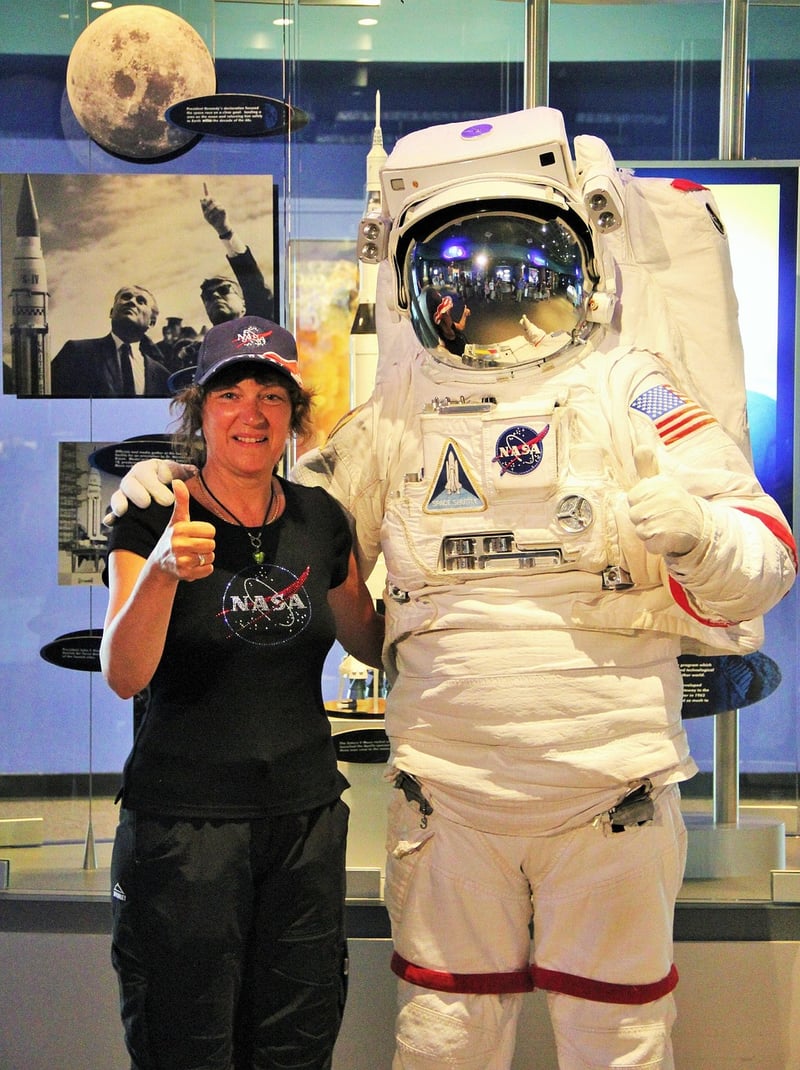3D Printing in Space
The Future of Space Exploration: Innovations in 3D Printing
Space exploration has always been at the forefront of technological advancements. From the first satellite to landing humans on the moon, each milestone has pushed the boundaries of what is possible. One of the latest innovations revolutionizing space exploration is 3D printing. This cutting-edge technology is changing the way we think about building structures, tools, and even habitats in space.
Benefits of 3D Printing in Space
3D printing, also known as additive manufacturing, offers several advantages for space exploration:
- Reduced Weight: Traditional manufacturing involves transporting pre-made parts to space, adding significant weight and cost. With 3D printing, astronauts can create tools and parts on-demand, reducing the need for storage and transportation.
- Customization: Every mission is unique, and having the ability to customize tools and equipment quickly is crucial. 3D printing allows for the rapid production of specialized components tailored to specific mission requirements.
- Sustainability: In a closed-loop environment like a spacecraft or a future Mars habitat, resources are limited. 3D printing enables the recycling of materials and the utilization of local resources, making space exploration more sustainable.
Applications of 3D Printing in Space
3D printing has a wide range of applications in space exploration, including:
- Tools and Spare Parts: Astronauts can fabricate tools and replacement parts as needed, reducing reliance on resupply missions from Earth.
- Habitat Construction: NASA and other space agencies are exploring the use of 3D printing to build habitats on the Moon and Mars using local materials.
- Experimental Equipment: Researchers can quickly prototype and test new equipment in microgravity environments, advancing scientific discovery.
Challenges and Future Developments
While 3D printing shows great promise for space exploration, there are challenges to overcome, such as ensuring the reliability and quality of printed parts in extreme conditions. Researchers are continuously working on developing new materials and printing techniques optimized for space.
As we look to the future, 3D printing will play a crucial role in enabling long-duration space missions, sustainable exploration, and the eventual colonization of other planets. The possibilities are endless, and the journey to the stars has only just begun.

Image source: Pixabay
